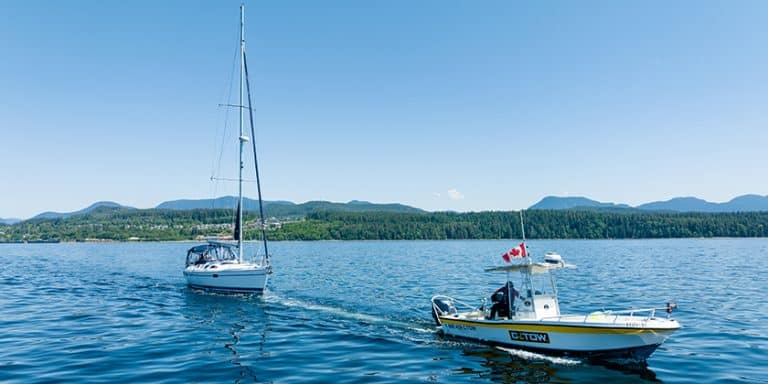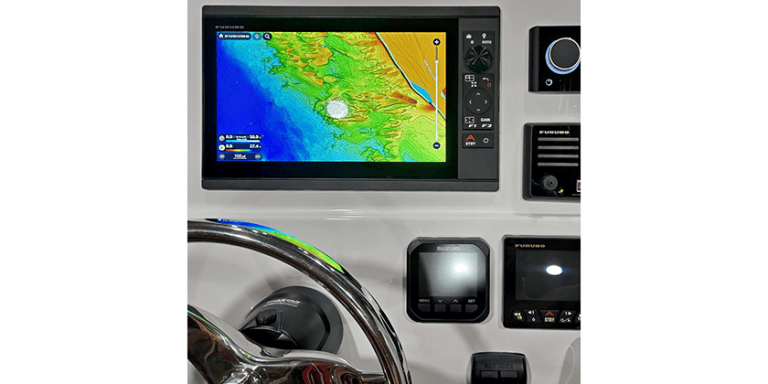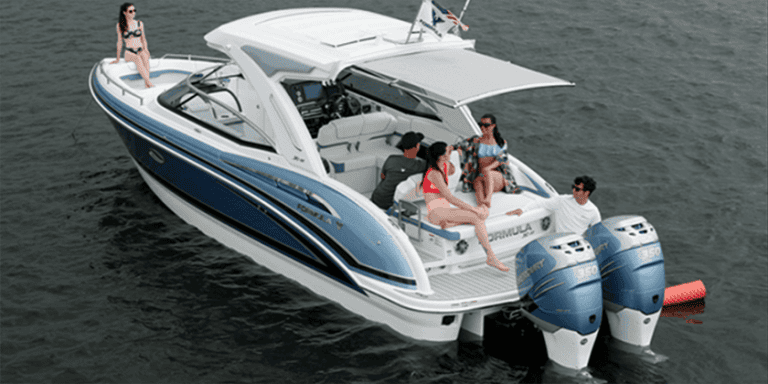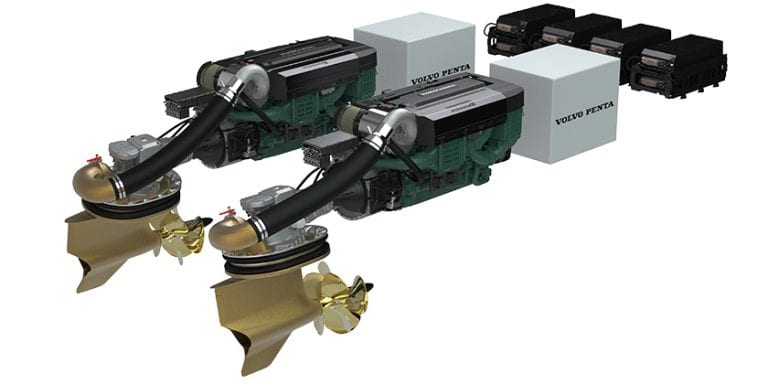Webasto Dual Voltage Climate Control System

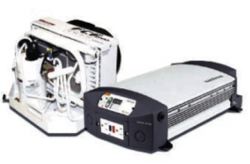 WHILE THE MAJORITYof new boats over 28 feet have air conditioning as standard equipment, boats built before the mid-90s were not normally equipped with air conditioning. Keeping your cool this past summer was just about impossible in BC or Atlantic Canada. It was record highs much of the time. Odd climatic conditions in Ontario and Quebec resulted in lots of rain and cool temperatures. Having a heater would have been good! Maybe this winter is the time to consider adding a climate control system to your boat.
WHILE THE MAJORITYof new boats over 28 feet have air conditioning as standard equipment, boats built before the mid-90s were not normally equipped with air conditioning. Keeping your cool this past summer was just about impossible in BC or Atlantic Canada. It was record highs much of the time. Odd climatic conditions in Ontario and Quebec resulted in lots of rain and cool temperatures. Having a heater would have been good! Maybe this winter is the time to consider adding a climate control system to your boat.
Most marine air conditioning systems use seawater as a cooling medium but the system can also reverse the cycle to produce heat, delivering a full climate control system.
Perhaps best of all is the fact that the compressor system reduces humidity making you more comfortable and removing moisture from the boat.
The costs start under $3,000 and West Marine offers a DIY kit for those of you who are handy. At the International Boatbuilders Exhibition (IBEX) in Miami this past October, Webasto and Dometic were both showing great new A/C products.
The big hurdle for installing A/C in older boats is often the voltage supply. When the system turns on, there is a high draw on start. Also, A/C systems used to need a generator to supply sufficient power.
At IBEX, Webasto announced their dual-voltage A/C and reverse-cycle heating system that operates without a genset. Called the FCF-DV, the new system runs on standard 115-volt AC shore power and then automatically switches to 12-volt DC battery power while away from the dock. The noise and vibration from an onboard generator is eliminated, and the skipper can enjoy a night on the hook in peace and quiet while keeping his or her cool.
During battery operation, the FCF-DV utilizes a built-in high efficiency inverter from Canadian company Xantrex. It contains a high-output, three-stage battery charger, plus a transfer switch and relay that automatically shuts down the inverter when outside AC power is applied.
Anticipating that this will appeal to owners of smaller sailboats andexpress cruisers, the FCF-DV has been kept to compact dimensions – about the size of atypical marine battery compartment. And, it's not a "tack- on" accessory. There is a high-velocity, 3-stage blower and the unit comes pre- charged and pre-wired with plug-and- play connections and a digital control panel. The FCF-DV starts witha 5,000 BTU model with 1,800-watt, 40-amp inverter/charger and an MSRP around $3,000.
Yes, this is a significant investment, especially in an older boat, but adding new A/C will likely increase the boat's value and will certainly increase your enjoyment.Also at IBEX, Dometic introduced their new Emerald Series which is the first marine air conditioning system designed specifically to run on environmentally friendly R410A refrigerant that meets EPA and international requirements for ozone-depleting substances under the Montreal Protocols.
In addition to the positive environmental aspect, the Emerald Series represents a breakthrough in terms of size, capacity, power requirements and ease of installation. To better fit into the spaces in an existing boat, the Emerald systems are split for combining multiple condensers and evaporators in a staged multi-zone system for any given boat. They provide both heating and cooling. Each condensing unit has its own control that manages the temperature of the area independent of other units. It is also possible to run multiple evaporators off a single condenser with separate temperature controls.
If you are thinking about upgrading to a larger boat like a 1980s tri-cabin, this could really work well in terms of installation flexibility.Also, Dometic has introduced another product that will help when consideringa large older boat for an A/C upgrade.
They call it the Smart Start Control and it's an electrical box that is a single-phase compressor motor startup control. It can reduce the startup current spike by up to 65%. There is a current spike that occurs whenever the A/C system cycles on.
That spike can cause brownouts or even trip the breaker, although once the compressor is running, an A/C system has a much lower, steady amp draw. Builders of new boats design and select their systems to all work together, but an older boat may have a generator that cannot handle the startup current spike. So, with the Dometic SmartStart installed, your existing generator may have the capacity to handle a new A/C system.
As a demonstration, the SmartStart was installed in a 37-foot Nordic Tug. The "inrush" or current spike on start up was 77 amps – more than enough to trip the breaker. After the SmartStart was installed, the spike dropped to a manageable 20 amps and the system ran without difficulty. The SmartStart is a small box that weighs about a pound and costs just a few hundred dollars, yet it could make the difference when fitting A/C to an older boat.
Keeping your cool next season may be a much more realistic possibility than ever before. Talk to your dealer or repair yard…or maybe you get out the tools and visit your local marine store!

